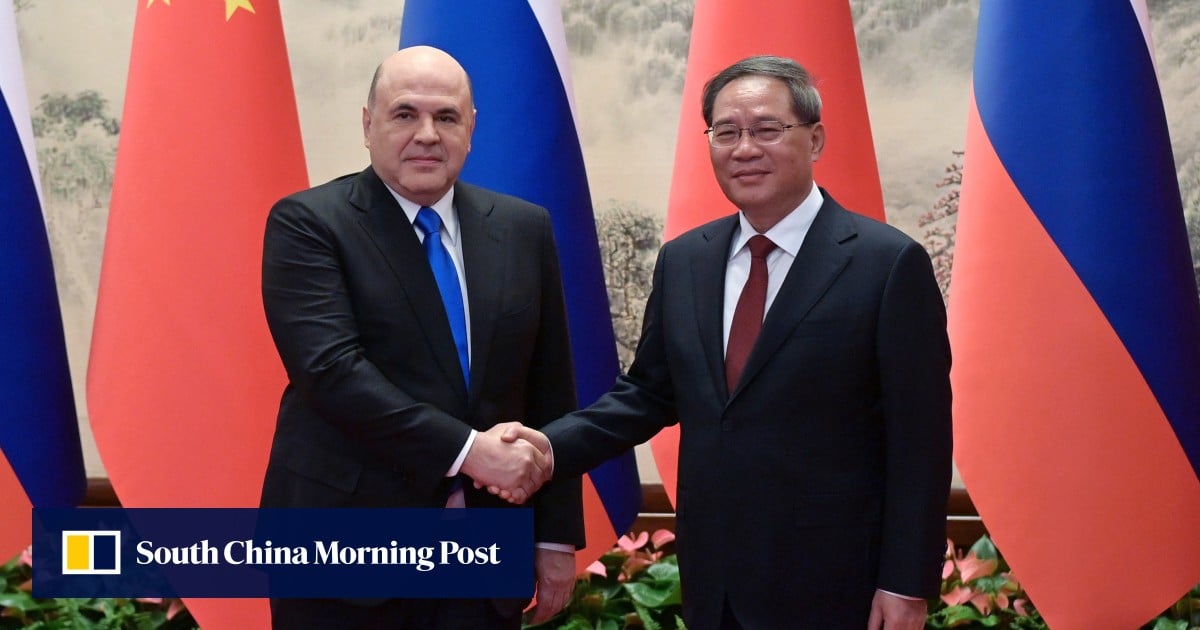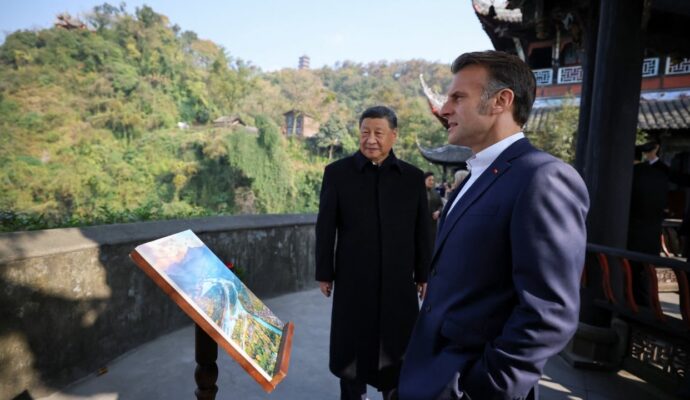
“The picture is the same for gas: China is reluctant to build a new pipeline, Power of Siberia 2 – which would boost gas supplies from Russia, also for fear of becoming overly dependent on Russian hydrocarbons.”
Energy, especially crude oil, has accounted for a significant proportion for bilateral trade, and natural resources consultancy firm Wood Mackenzie forecasts that China is likely to import around 2.3 million barrels a day of crude oil from Russia, up from 1.75 million barrels in 2022, from its total of 10.6 million barrels a day in 2023.
“For natural gas, we do see a significant increase of pipeline gas imports by China from Russia in 2023 through Power of Siberia. China’s [liquefied natural gas] imports from Russia will also be notably higher in 2023 versus 2022,” said Kang Wu, head of macro, demand & Asia analytics at S&P Global Commodity Insights.
Wu predicts China’s crude oil imports from Russia will be well above 2 million barrels per day, up from 1.7 million in 2022, from its overall total of 11.1 million barrels per day in 2023.
Beijing has yet to make a commitment to the Power of Siberia 2 project, which plans to deliver 50 billion cubic metres (1.77 trillion cubic feet) of natural gas per year from Russia’s Yamal Peninsula in western Siberia to China via Mongolia.
Xi and Putin also promised “smooth settlement” between economic entities, as well as “supporting the expansion of the use of local currency in bilateral trade, investment, credit and other economic and trade activities”.
In 2023, we expect a tenfold increase in the number of transactions in the yuan compared to last year
China’s yuan is now a reserve currency for Russia, which has been under sweeping sanctions from the US and its allies since its invasion of Ukraine last year.
Herman Gref, chief executive of Russia’s largest lender, Sberbank, told a Russia-China forum in Shanghai on Tuesday that the yuan is the “undisputed leader” for its clients.
“In 2023, we expect a tenfold increase in the number of transactions in the yuan compared to last year [at Sherbank],” said Gref, who has also since been added to the list of individuals sanctioned by the US Treasury.
“Over the year, the share of the yuan increased from 2 per cent to 18 per cent in Russia’s export operations, and from 5 per cent to 27 per cent in its imports, which is an impressive trend.”
But Liu Huaqin, a researcher with China’s Ministry of Commerce, said one of the key hurdles in China’s trade with Russia has been the lack of diversification beyond energy.
Energy accounted for 74.5 per cent of Russia’s total exports to China in 2022, up from 68 per cent in 2021, according to Liu.
“Over the years, the two sides have been promoting the diversification of the trade in commodity, striving to increase the trade share of high value-added commodities and expand trade in agricultural products etc, but the reality is farther away from this goal,” Liu said in a journal published by Heilongjiang University last month.
Russia’s trade barriers and restrictions on certain farm goods have been on the rise since last year following its invasion of Ukraine, making products such as sunflower oil and soybean more costly for importers.
From the perspective of trade balance, the quality of trade from China’s side has declined, which is not conducive to the sustainable development of bilateral trade
“The Russian soybean export tariff is 20 per cent. This policy directly affects the implementation of the soybean supply plan between China and Russia,” added Liu.
“Changing tariff policies are making the trade environment between the two sides more complicated, which is not conducive to the stable development of trade between the two countries.”
China’s trade deficit with Russia reached a record US$38 billion last year, according to Liu.
“From the perspective of trade balance, the quality of trade from China’s side has declined, which is not conducive to the sustainable development of bilateral trade,” Liu added.
Russia Minister of Economic Development, Maxim Reshetnikov, told Chinese state media CGTN in March that the two countries are “ahead of schedule” in meeting the target in 2023.
China’s exports to Russia soared by 153.1 per cent in April, year on year, to US$9.62 billion, and by 6 per cent month on month, according to Chinese customs data
But China’s imports from Russia grew by just 8 per cent in April, year on year, to US$9.61 billion, while dropping by 12 per cent from a month earlier.
